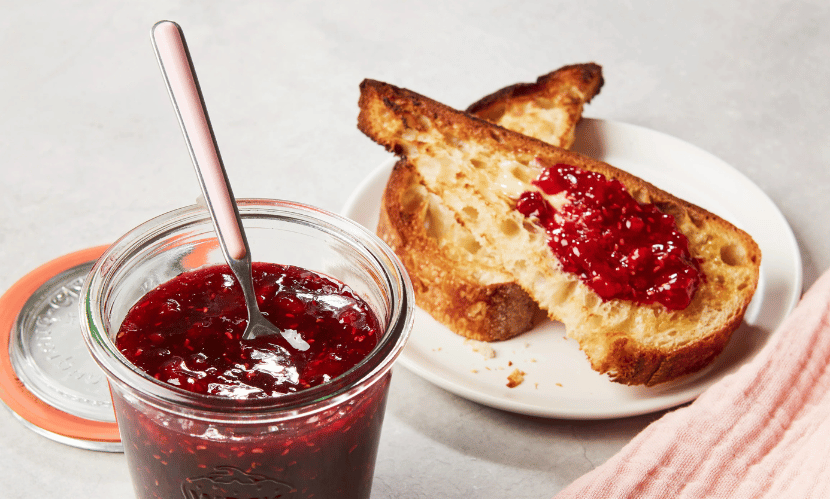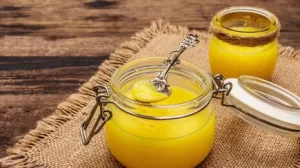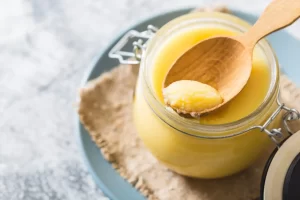Jam-making is a cherished culinary tradition that transforms seasonal fruits into delightful spreads, allowing us to savor their flavors year-round. Whether you’re a novice or an experienced preserver, crafting homemade jam is both rewarding and accessible. Drawing from esteemed culinary sources, this guide offers insights and recommendations to help you create delectable jams in your own kitchen.
Selecting the Right Fruit
The foundation of a great jam lies in the quality of the fruit. Opt for ripe, unblemished produce to ensure a rich, natural sweetness. While berries like strawberries, raspberries, and blueberries are popular choices, don’t hesitate to experiment with stone fruits such as peaches, plums, or apricots. Combining different fruits can also yield unique and flavorful results.
Regional Inspirations: Mexican Flavors in Jam-Making
Mexico’s diverse climates and rich agricultural heritage offer a bounty of inspiration for unique jam flavors. In Central Mexico, fruits like guava, tejocote (Mexican hawthorn), and prickly pear are commonly used in preserves, especially during festive seasons. Northern Mexico, with its desert climate, grows excellent figs and dates—perfect for rich, earthy jams. The Bajío region, known for its fertile soil, produces high-quality strawberries, particularly in Irapuato, often celebrated in traditional and modern jam recipes. Along the Pacific Coast, tropical fruits such as mango, tamarind, and pineapple thrive, offering bold, exotic flavor combinations. The Yucatán Peninsula introduces citrusy and floral notes with local fruits like sour orange and mamey, while Baja California, with its Mediterranean-like climate, is famous for its berry production—especially blackberries and raspberries—ideal for classic, vibrant jams. Drawing from these regional profiles not only deepens the flavor but adds cultural richness to every jar.
Creative Jam Flavor Combinations
| Classic Fruit | Fun Additions |
| Strawberry | Balsamic vinegar + black pepper |
| Peach | Basil or jalapeño |
| Blueberry | Lavender or lemon zest |
| Raspberry | Rosewater or vanilla |
| Apricot | Thyme or cardamom |
Understanding Pectin and Sugar
Pectin, a natural fiber found in fruit cell walls, is crucial for achieving the desired gel-like consistency in jams. Fruits like apples, citrus peels, and quinces are naturally high in pectin, while others may require added pectin or longer cooking times. Sugar not only sweetens the jam but also acts as a preservative and aids in the gelling process. Balancing sugar and pectin is essential; too little sugar can prevent setting, while too much can result in an overly firm jam.
The Role of Acid
Acid, typically in the form of lemon juice, enhances flavor and helps pectin set properly. It’s especially important when working with low-acid fruits. Martha Stewart emphasizes that all you need to make jam is fruit, sugar, lemon juice, and clean jars.
Basic Jam-Making Steps
- Prepare the Fruit: Wash thoroughly, remove any stems or pits, and chop into uniform pieces.
- Combine Ingredients: In a large, heavy-bottomed pot, mix the fruit with sugar and lemon juice. Allow the mixture to macerate for about 15 minutes to draw out the fruit’s natural juices.
- Cook the Mixture: Heat over medium-high, bringing it to a strong simmer. Stir frequently to prevent sticking and ensure even cooking.
- Test for Doneness: To check if the jam has set, place a small spoonful on a chilled plate. If it wrinkles when pushed with your finger, it’s ready.
- Store Properly: Transfer the hot jam into sterilized jars, leaving about a quarter-inch of headspace. Seal and process according to safe canning guidelines, or refrigerate for immediate use.
Exploring Flavor Combinations
Beyond traditional single-fruit jams, experimenting with flavor pairings can yield delightful results. For instance, Food & Wine suggests a Strawberry-Vanilla-Rhubarb Jam that combines the sweetness of strawberries and vanilla with the tartness of rhubarb. Additionally, incorporating herbs, spices, or even balsamic vinegar can add depth and complexity to your preserves.
Preservation Techniques
There are two main methods:
- Refrigerator Jam (Quick Jam)
- No canning involved.
- Store in fridge up to 3 weeks or freeze for up to 6 months.
- Water Bath Canning
- Safe for long-term storage.
- Process filled jars in boiling water (usually 5–15 minutes depending on altitude and jar size).
- Ensures a vacuum seal to keep out bacteria and mold.
Expert & Website Recommendations
- Martha Stewart recommends starting with simple fruit + sugar + lemon juice recipes to learn the basics before branching out. (Martha Stewart’s Jam Guide)
- Alison Roman, known for her bold flavors, favors loose jams that are spoonable and not too sweet. (Alison Roman Stovetop Jam)
- Food Network provides visual cues and temperature guidance for when jam is ready to be jarred. (Food Network Jam Essentials)
- Ball Canning offers precise guidelines for safe canning and preserving.






